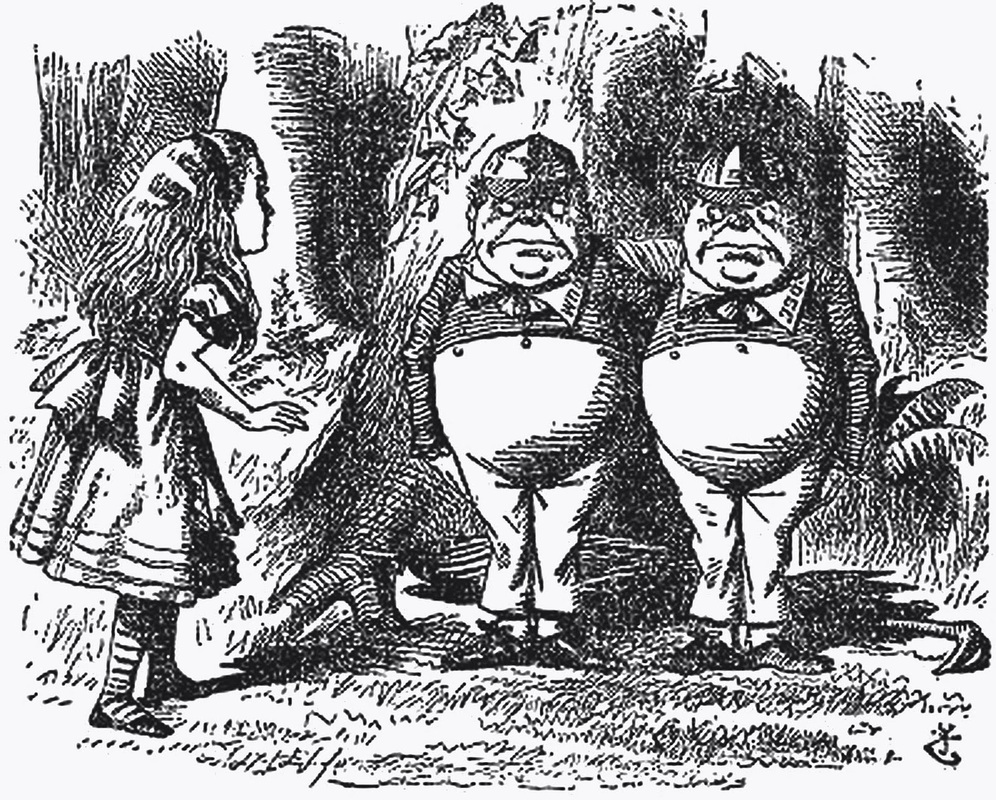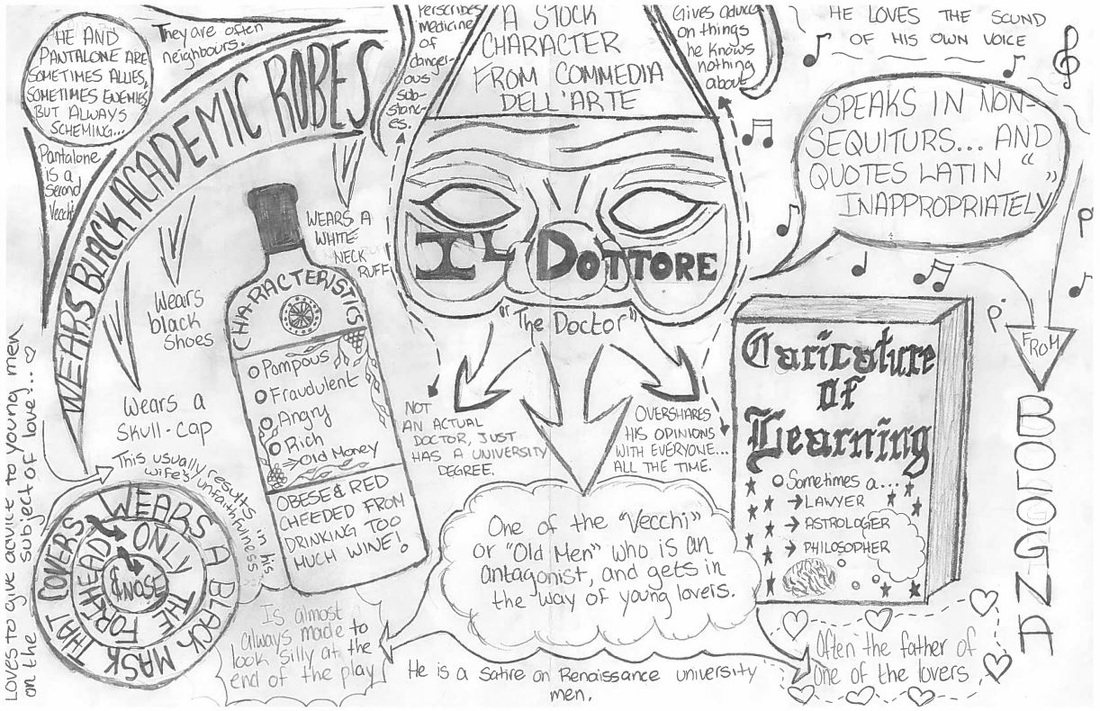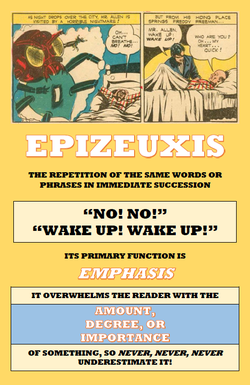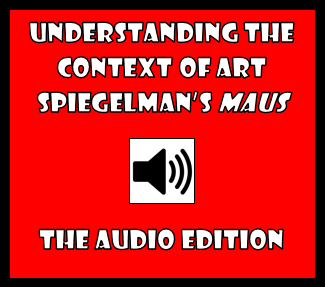|
by Glen Downey, Comics in Education, www.comicsineducation.com When I was growing up and learning about literature, I often thought that a two-dimensional character was somehow less important than a three-dimensional one. I think the problem was my definition of "important." Hamlet, for instance, was to me a living, breathing character with a complex personality and the ability to grow and (eventually) adapt. He seemed far more "important" than the likes of Rozencrantz and Guildenstern, stock characters that struck me as interchangeable as Tweedledum and Tweedledee. For some reason, you see, I felt the need to judge stock characters because of their inherent two-dimensionality. Reflecting on this now, I can see that it was a bit of an odd way of looking at things. What it may have prevented me from initially doing, however, is recognizing the importance of stock characters in a drama, and how central they were to the tradition of the theatre when it was reawakened in Europe after its centuries-long slumber. Perhaps studying Dario Fo's Accidental Death of an Anarchist has reminded me again of the tradition of mystery, miracle, and morality plays so important to Western drama, the hints of which you can see in the plays of Shakespeare (Egeus, for instance, in A Midsummer Night's Dream or Hotspur in Henry the Fourth, Part I quickly come to mind). The latter play makes far more sense, in fact, when you understand the theatre that preceded Shakespeare. So the other day I decided that I would give stock characters their due. I asked students to choose such a character from Fo's play, from either the tradition of Commedia dell'Arte or the medieval stage, or from the history of film (provided that at least three instances of such a stock character could be demonstrated). Here's what my student, Hannah, came up with. She chose "Il Dottore" from the tradition of Commedia dell'Arte: What I love about this one is not just how the mask is front and centre as it should be, or that the illustration / note-taking has the appropriate symbolic touches that are connected with the character (the bottle, since "Il dottore" drinks too much; the book because he is a caricature of higher learning, etc.), but because the overall effect of the illustration is imposing. It imposes itself on us precisely in the same way that the "Il dottore" stock character imposes himself on other characters (typically those who are in love). I think there's a definite usefulness in doing this activity in advance of studying a unit on drama and posting the resulting work around the room. That way, when your students encounter a character who seems two-dimensional, they have a visual repository to draw on that will get them up out of their seats and scouring posters of "Il dottore" or "The Vice" or even "The Rebellious Teenager" I'd love for you to try this activity and send some examples of what your students come up with. I'd be happy to feature them on the site!
0 Comments
Your comment will be posted after it is approved.
Leave a Reply. |
Glen DowneyDr. Glen Downey is an award-winning children's author, educator, and academic from Oakville, Ontario. He works as a children's writer for Rubicon Publishing, a reviewer for PW Comics World, an editor for the Sequart Organization, and serves as the Chair of English and Drama at The York School in Toronto. If you've found this site useful and would like to donate to Comics in Education, we'd really appreciate the support!
Archives
February 2019
|





 RSS Feed
RSS Feed
